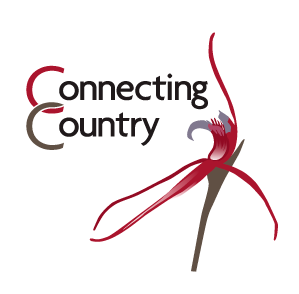Site 4: Bird walk for beginners
Welcome to Site 4
Here we explore dense native understorey plantings, which now provide great food, shelter and nesting sites for smaller birds.
Habitat and vegetation
Most of the native shrubs and smaller trees you see here are a result of revegetation work by Castlemaine Landcare Group over the past few decades. The dense understorey consists mostly of Blackwood (Acacia melanoxylon), Black Wattle (Acacia mearnsii), Sifton Bush (Cassinia arcuata ) and Moonah (Melaleuca lanceolata). These diverse plants provide essential food, shelter and nesting sites for smaller birds. Because they are often prickly, these plants are great spots for small birds to hide from predators like cats, foxes and larger birds. Small woodland birds, such as thornbills and honeyeaters, require shrubby, dense native vegetation to travel safely across the landscape and raise their young.
In many parts of our region, trees have regenerated, but the diverse understorey plants are missing. Targeted revegetation of understorey plants improves habitat for woodland birds, and helps restore a healthy ecosystem.
Did you know there are around 30 active Landcare groups in the Mount Alexander region? To find your nearest Landcare group, or a Landcare activity that suits your interests, please – click here
The next stop is a waterhole on Forest Creek and the indigenous plants of our region signage.
Birds you may see here
Click on the following links below for more details and images, including bird calls and identification tips, courtesy of BirdLife Australia and Ebird.
In the native shrubs:







In the reed beds of Forest Creek:




